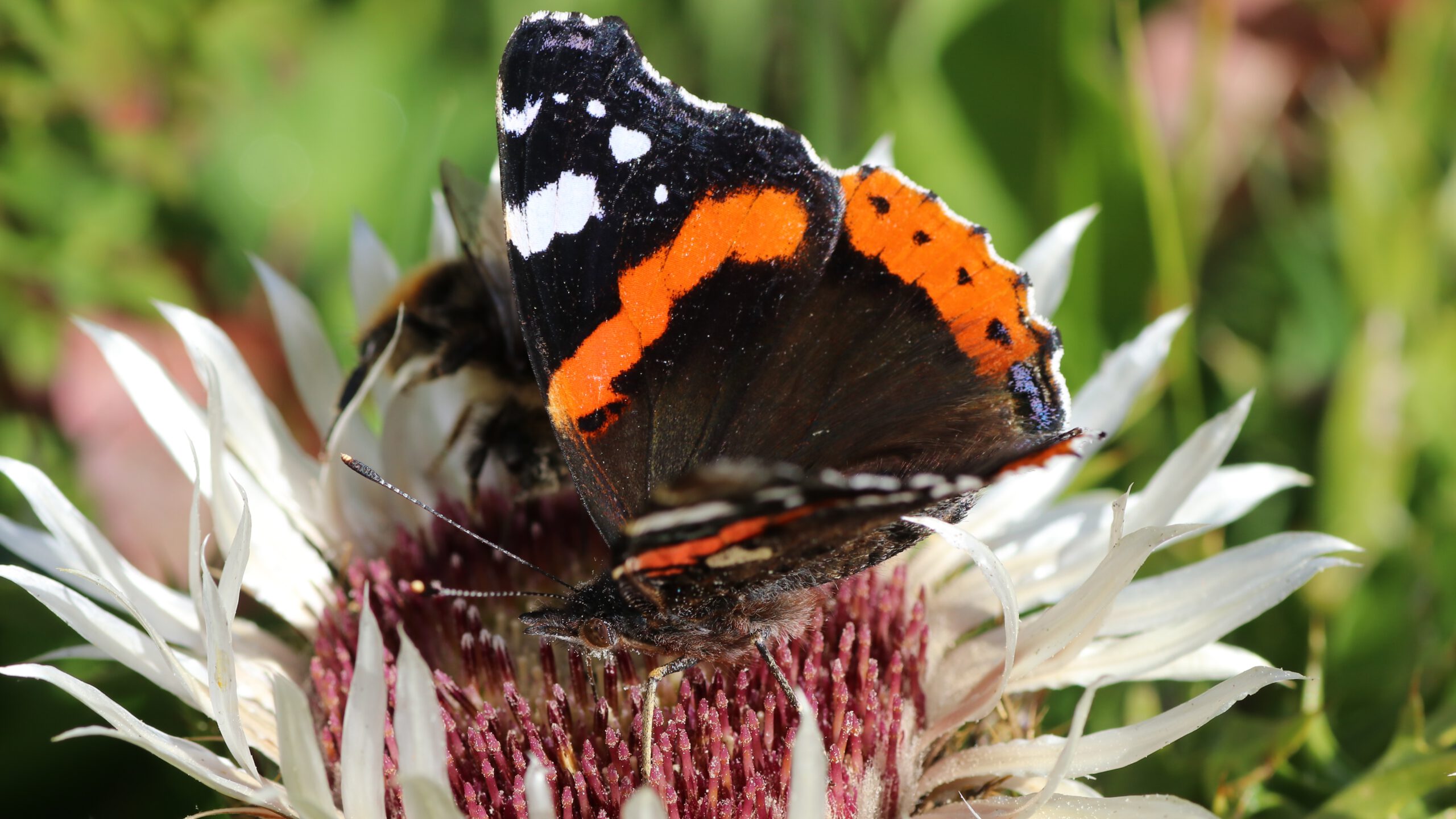
Introduction: During walks through the nature, not only flowers can be spotted by the wayside, but also the winged beauties, such as butterflies and other insects. I will be presenting some of these in the following pages
European peacock (Aglais io)

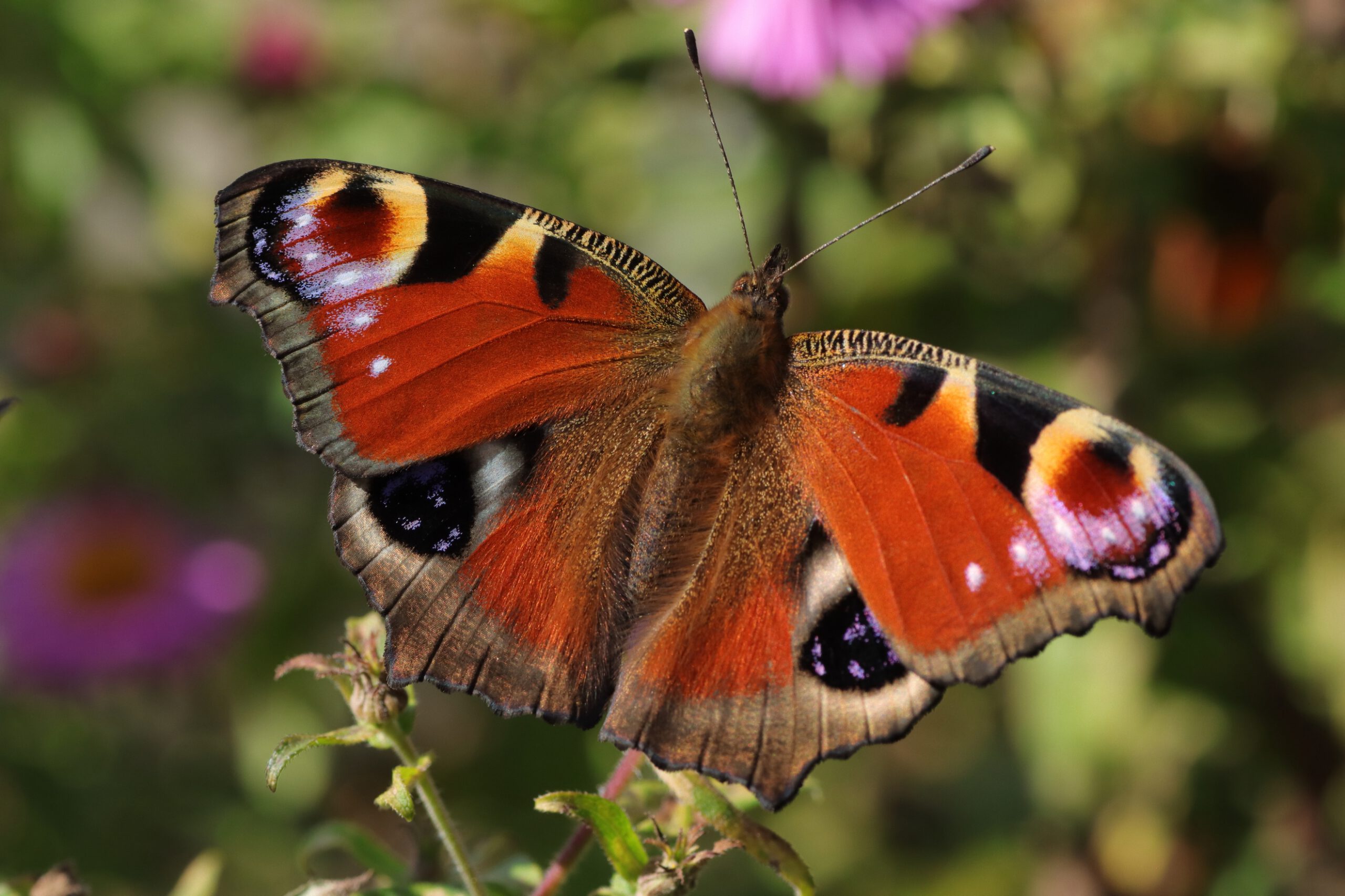
In summer, the butterflies prefer red and blue/purple flowers. During the springtime they can also be found on the yellow flowers of willows, coltsfoot and dandelions. In Germany, the peacock butterflies are very widespread.
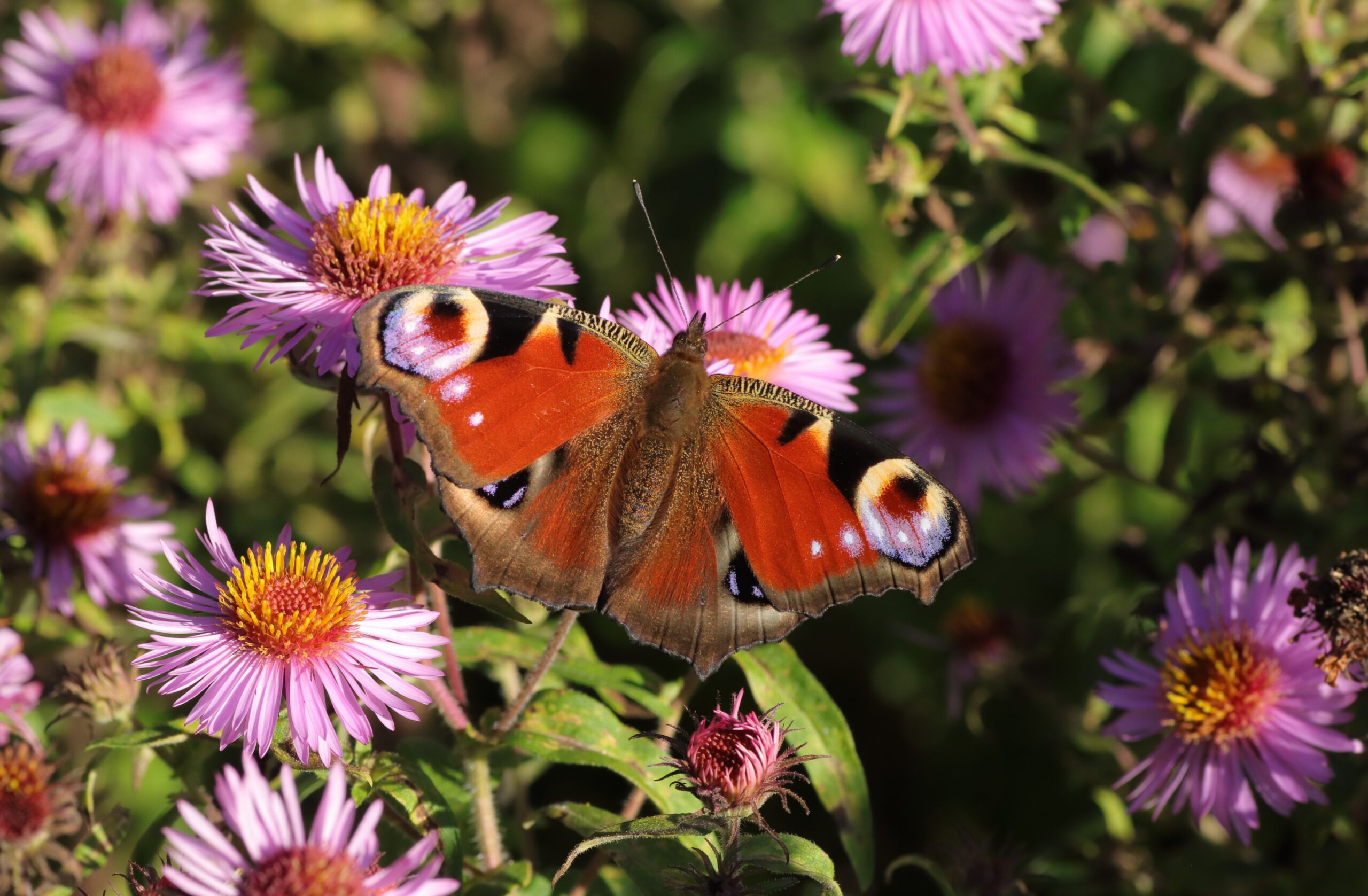
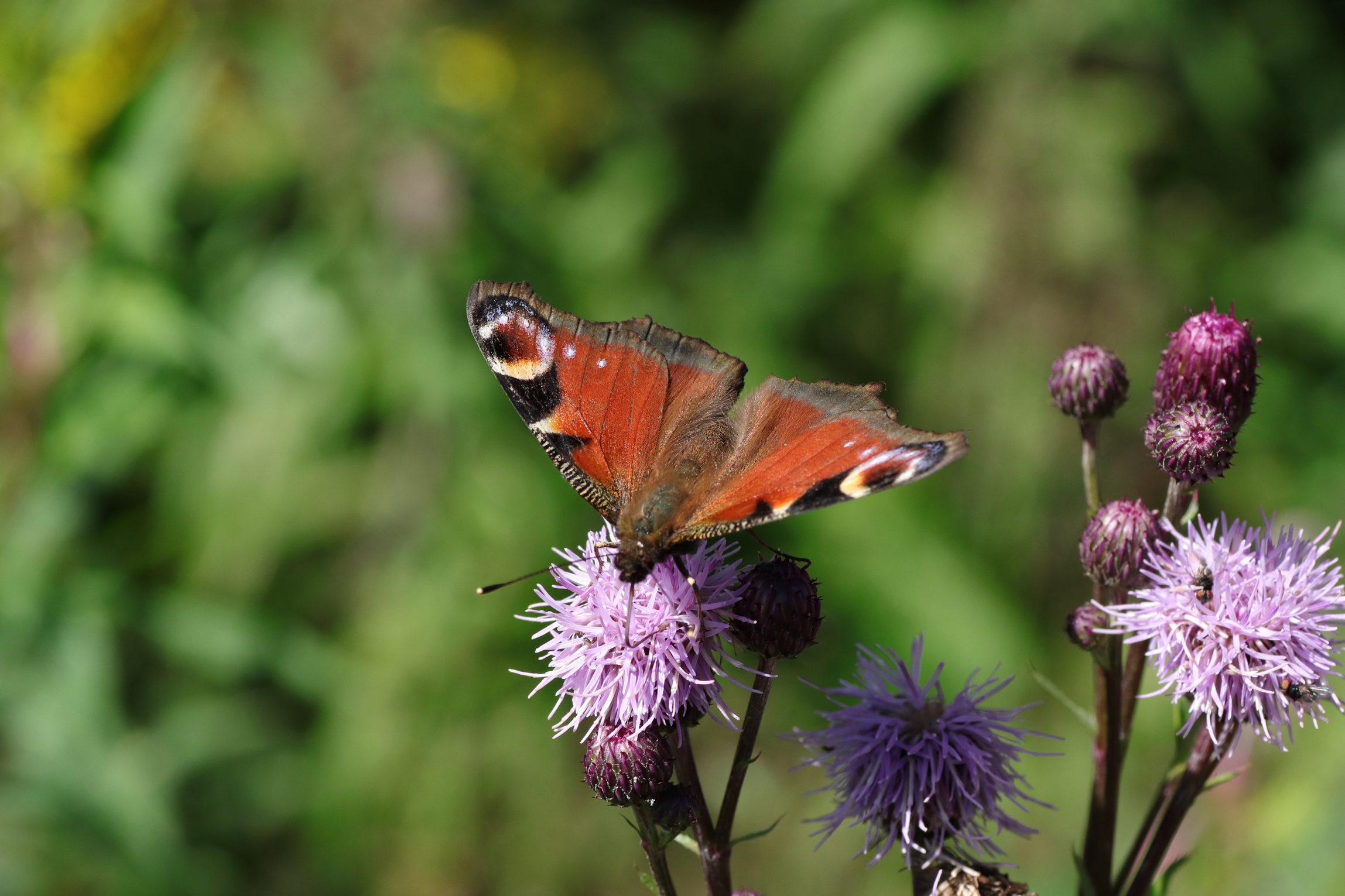
Peacock butterflies are very widespread in Germany. Their natural range extends from Central Europe through parts of Asia to Japan. They thrive in open forests, parks, and gardens.
The butterflies can reach a wingspan of between 50 and 55 mm. On the upper side, they have four distinctive black, blue, and yellow eye spots. The rest of the wing is reddish in color. On the underside, the wings are inconspicuous black to dark brown in color.
The adult butterflies occur in two different generations. This means they can still be found very late in the year, especially in autumn. There is also a hibernating generation of butterflies.
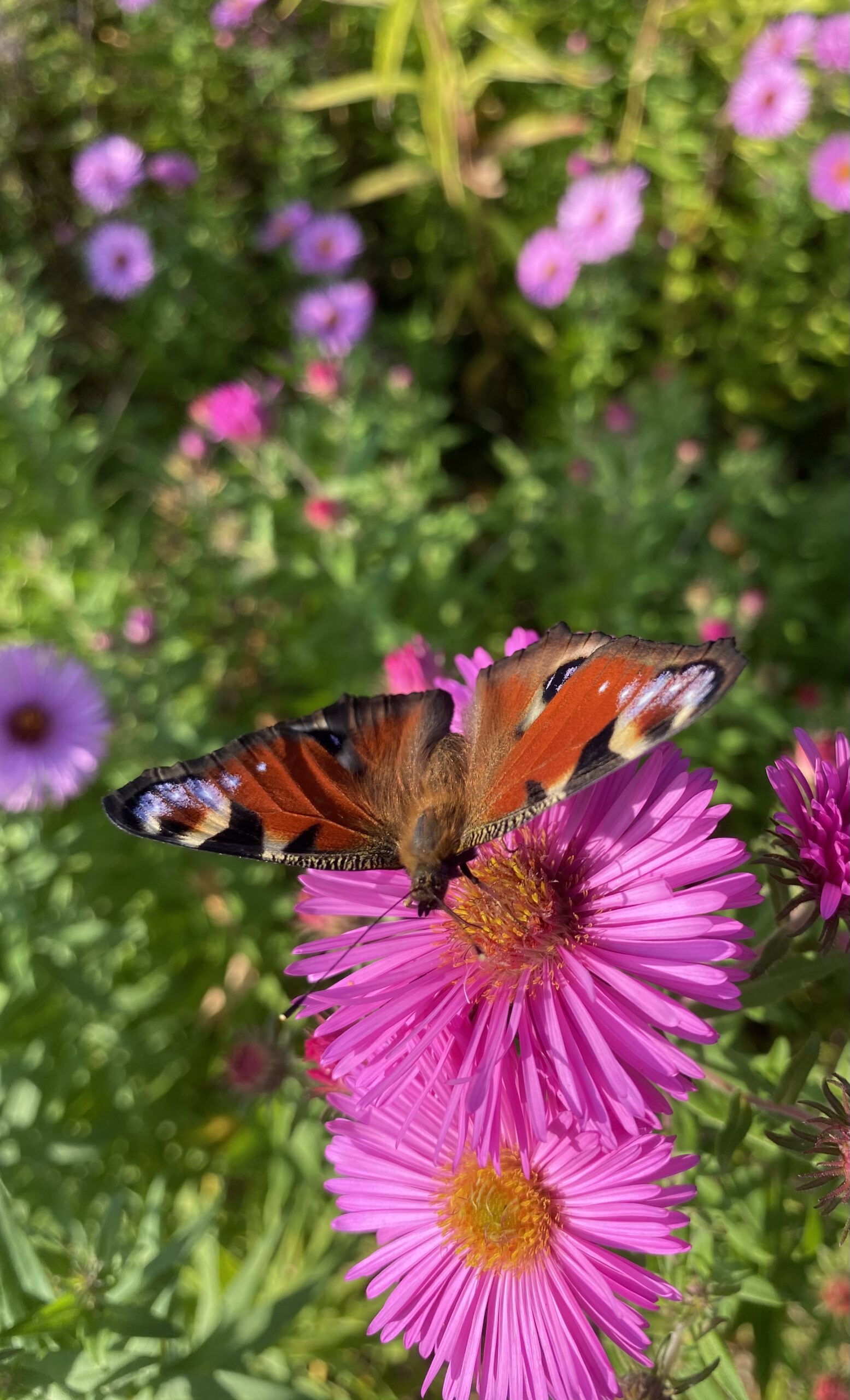
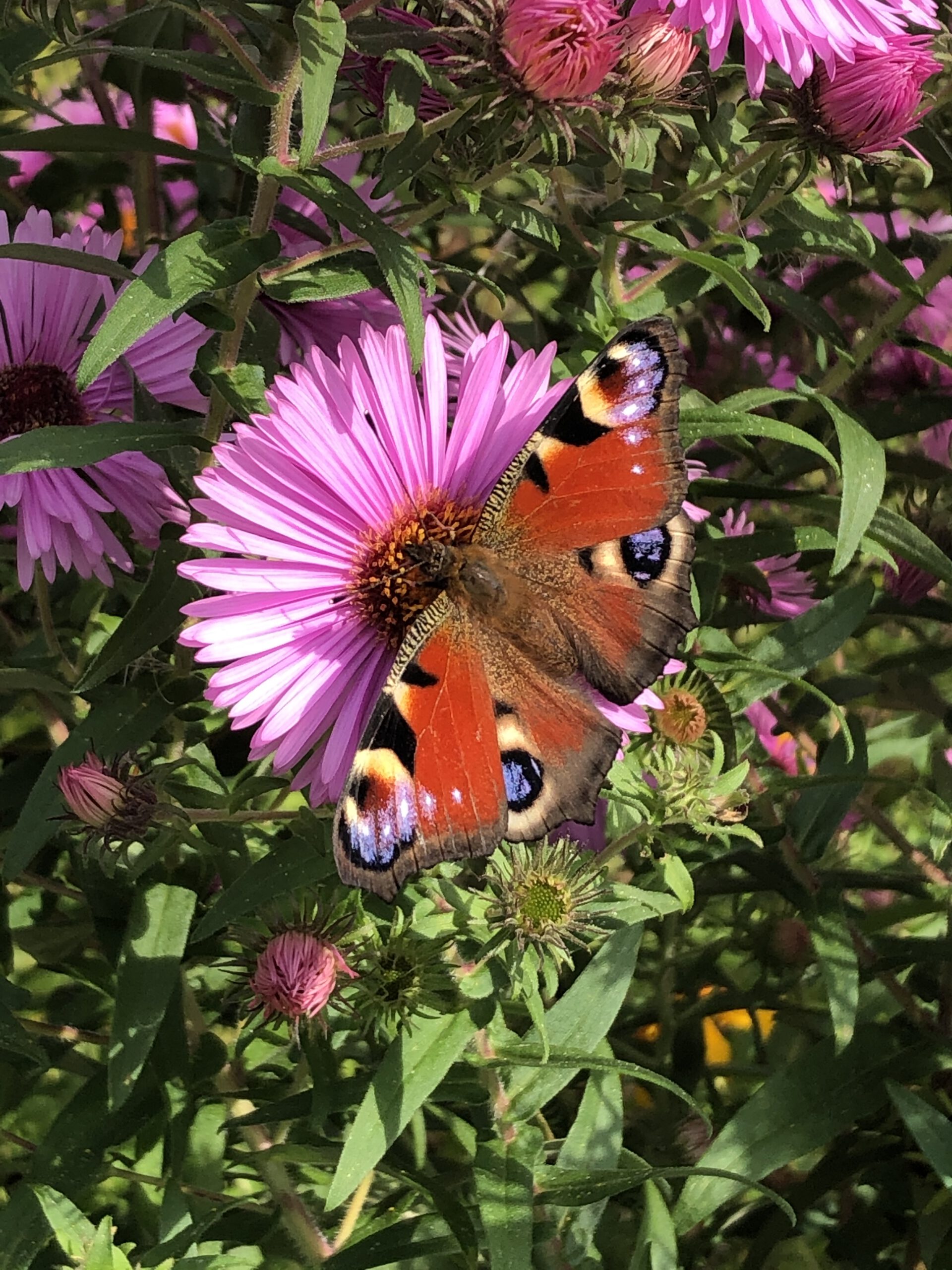
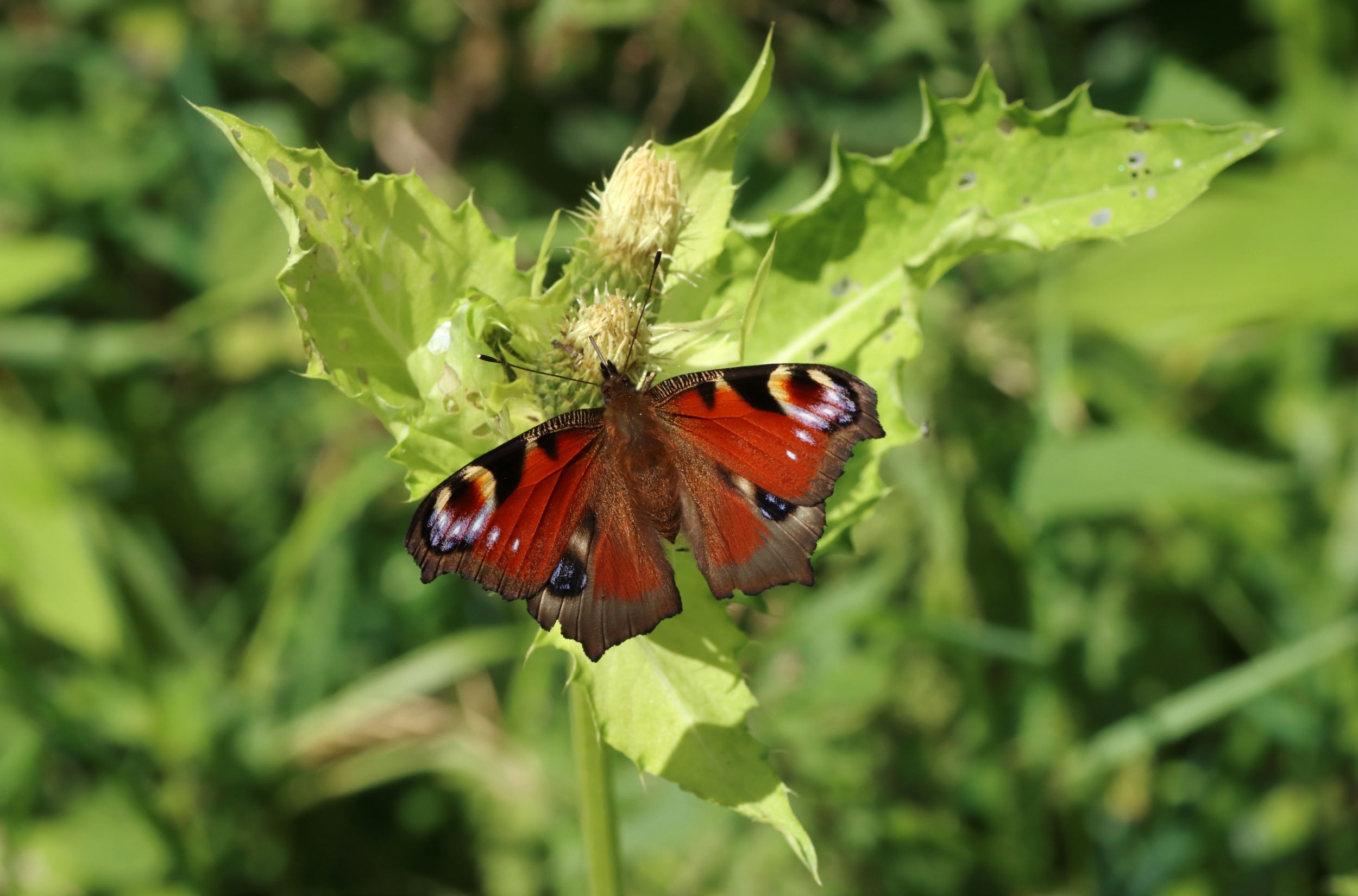
The caterpillar of the european peacock are very attracted to the stinging nettle plant. These are among their main food plants. They live in large communities there
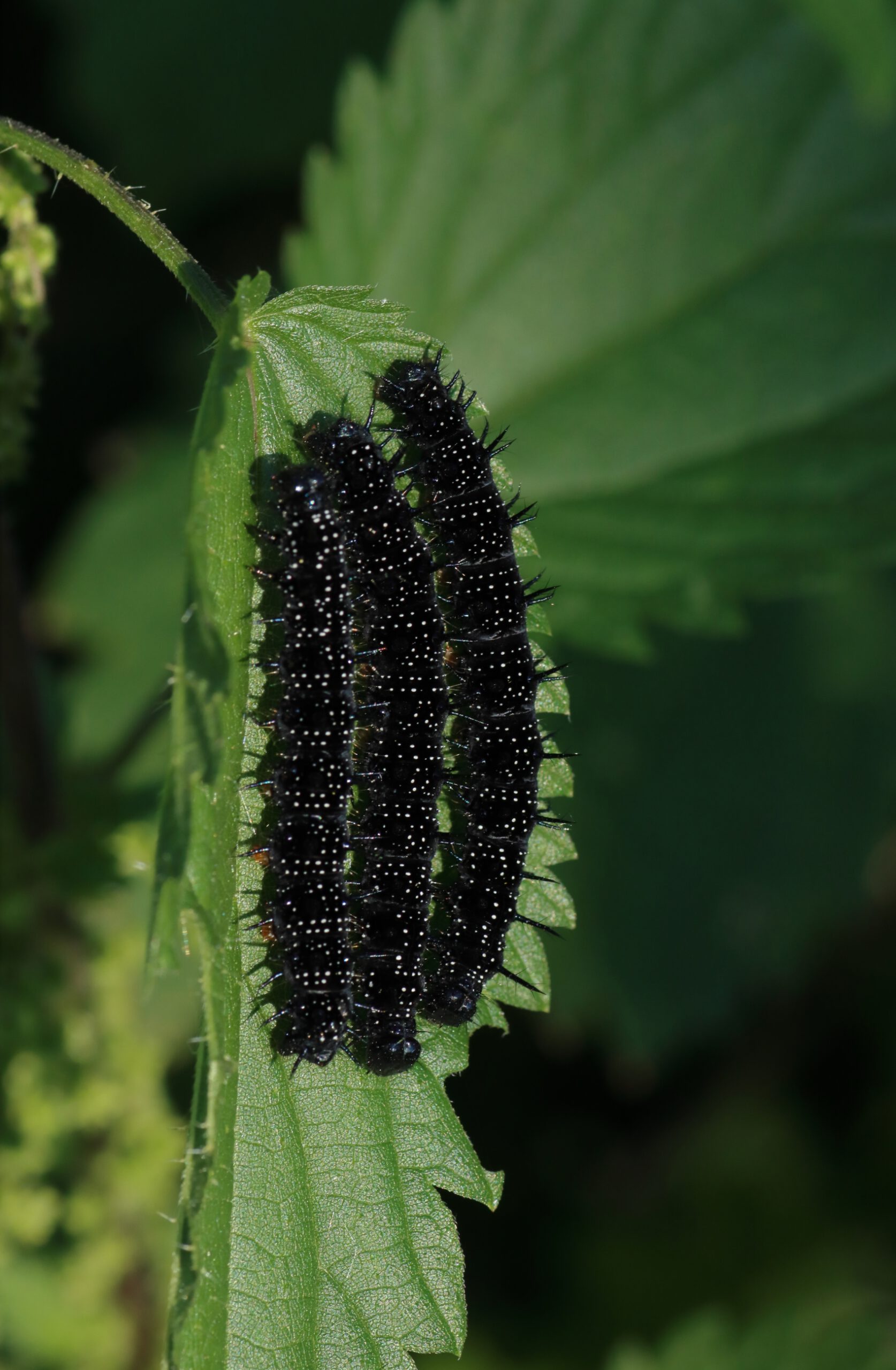
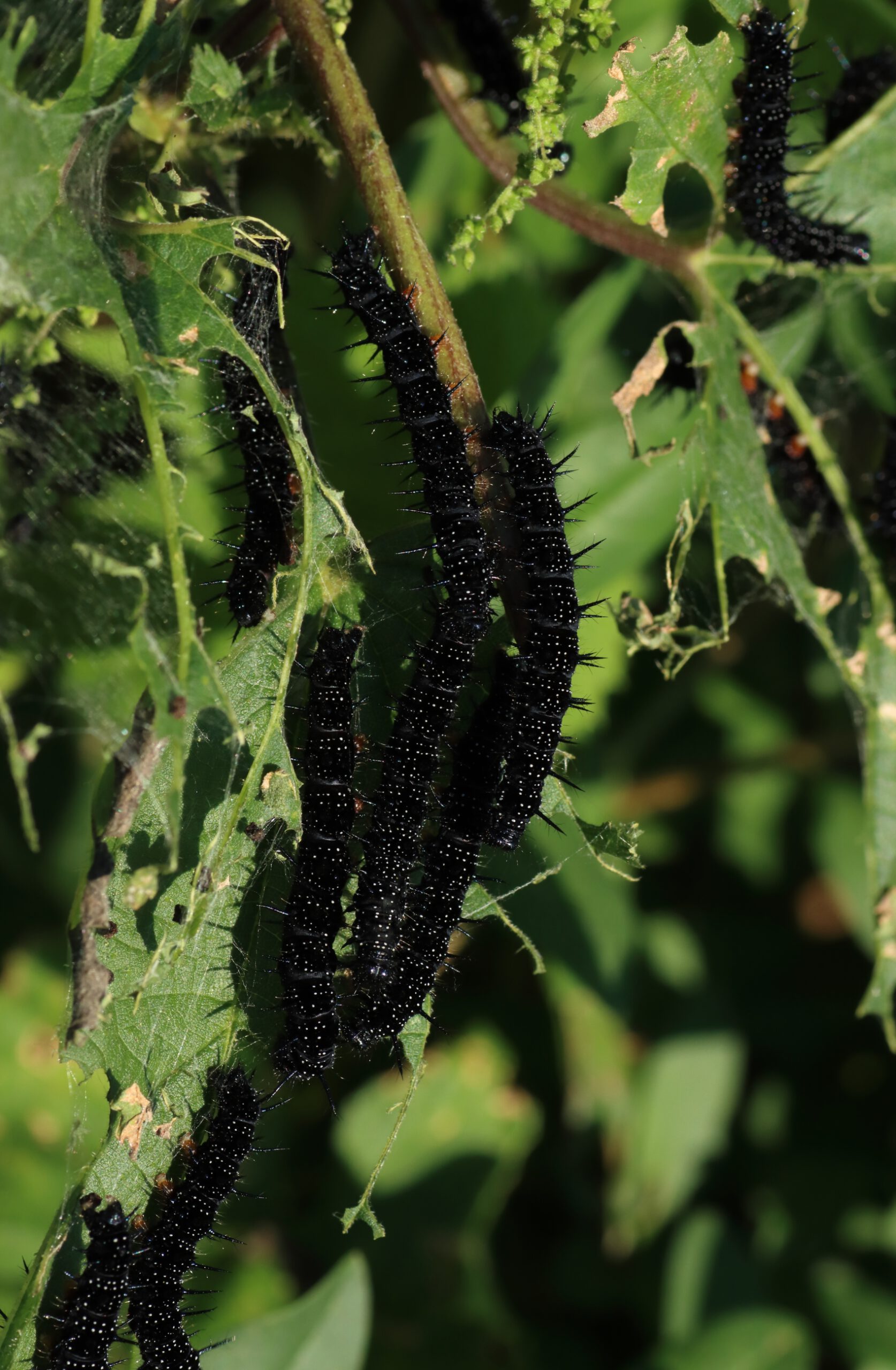
~ The european peacock was voted “Butterfly of the Year 2009” ~
Orange tip (Anthocharis cardamines)
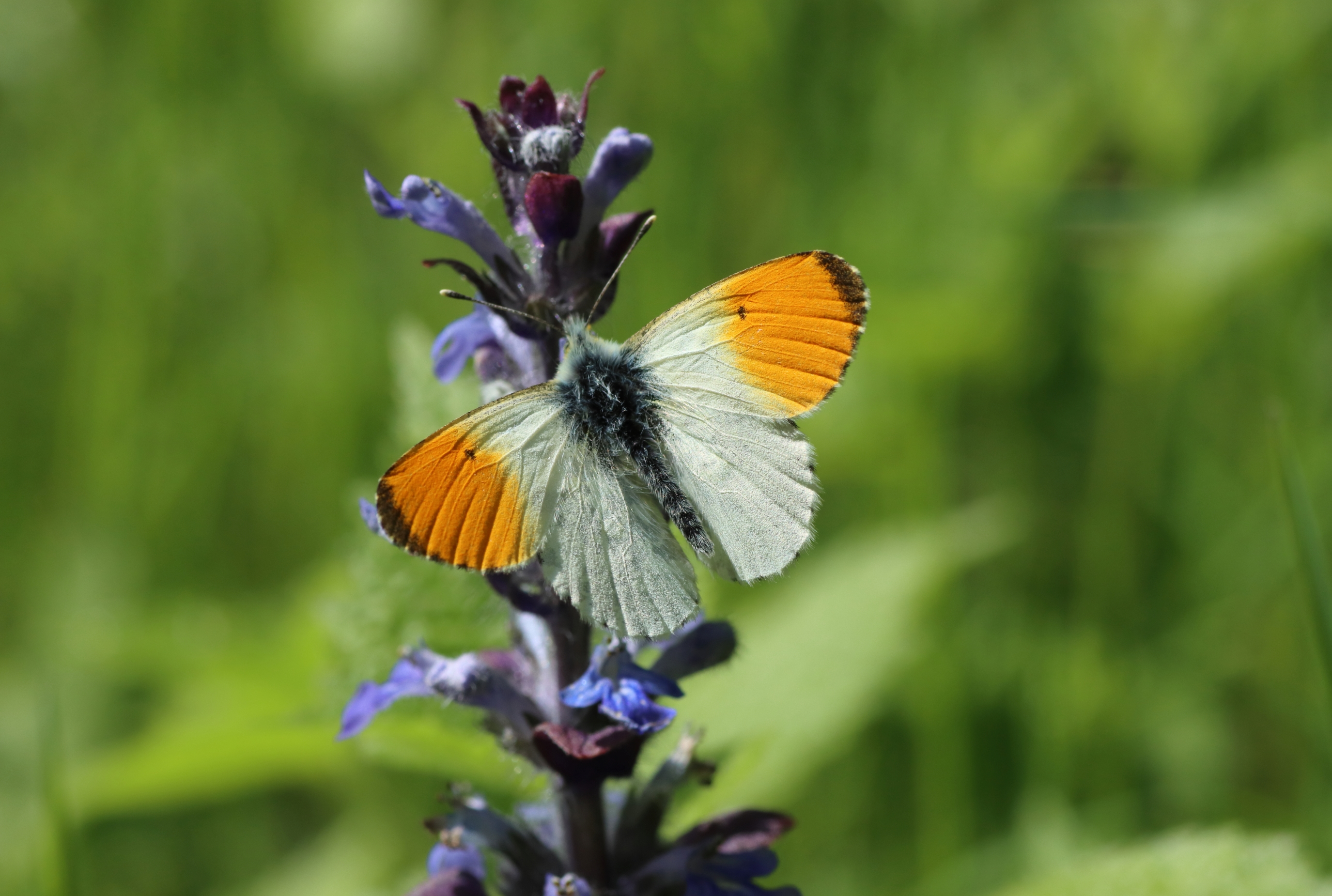
The male orange tip butterfly is hard to miss in meadows and forests thanks to the orange coloring on the upper side of its wings. The butterflies prefer cruciferous plants, such as meadow cress, but also cultivated plants such as mustard. Both male and female butterflies have greenish spots on the underside of their wings. The difference between the sexes can be seen in the orange-colored parts of the wings (in male butterflies).
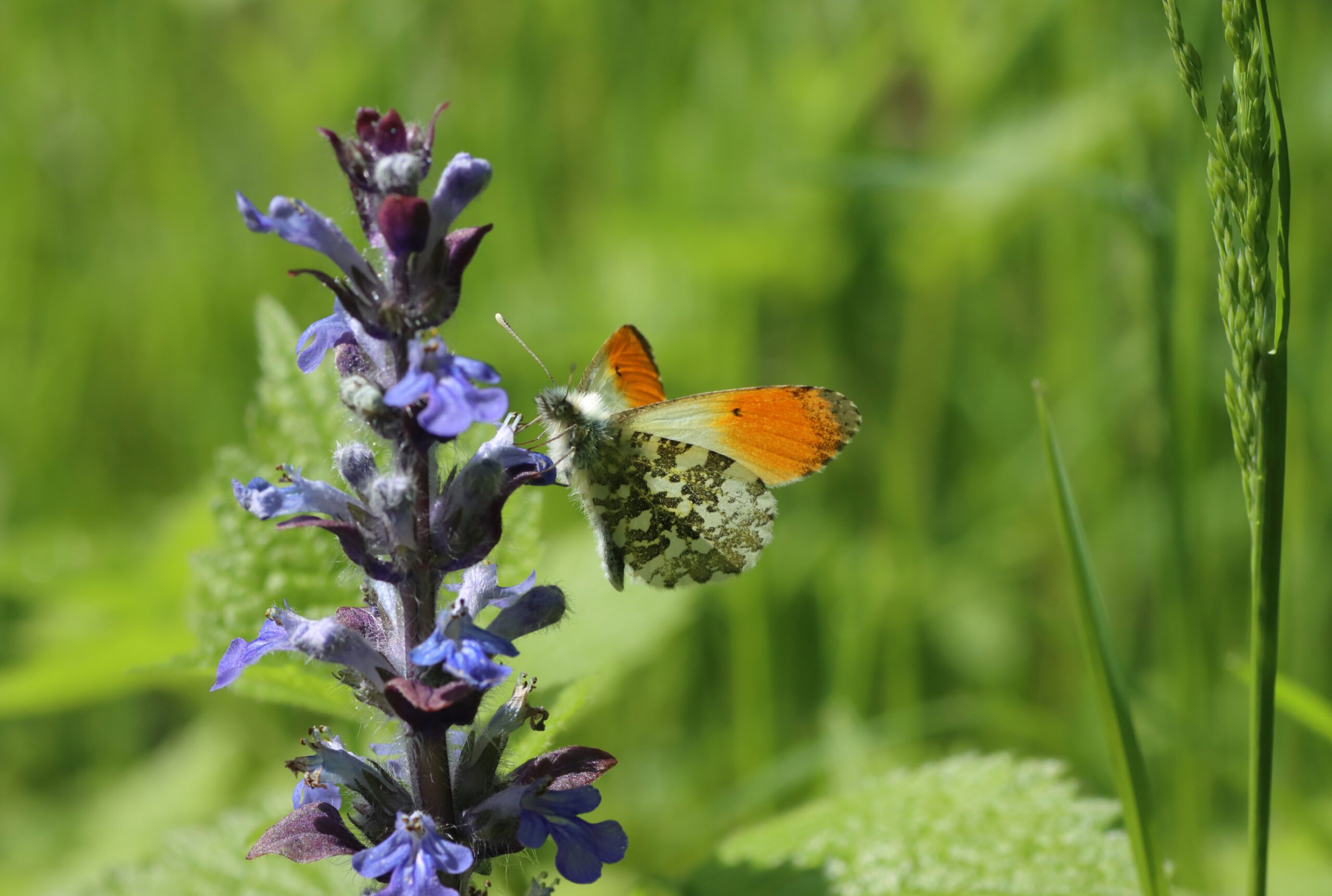
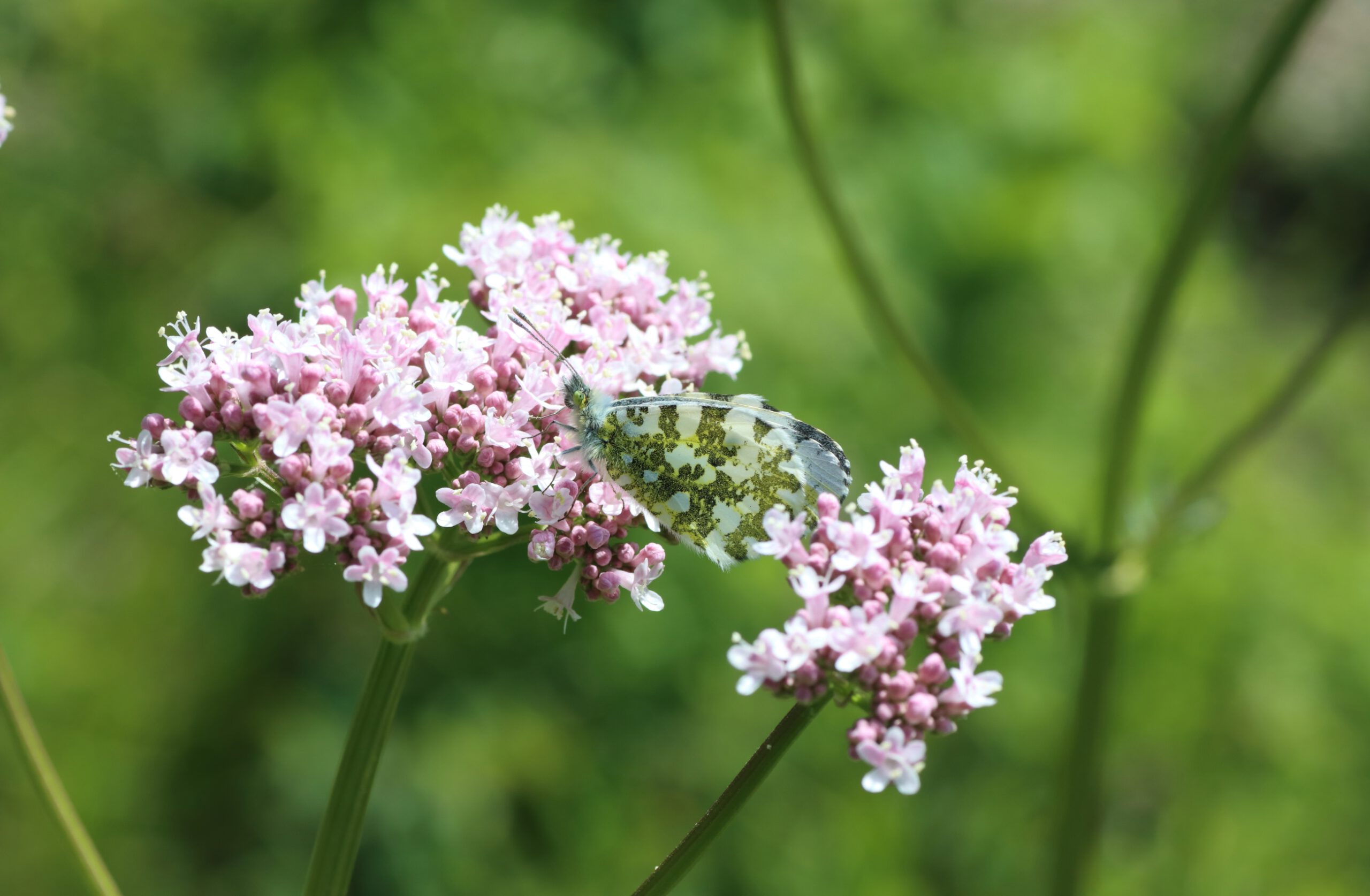
~ The Orange tip was voted “Butterfly of the Year 2004” ~
Camberwell beauty (Nymphalis antiopa)
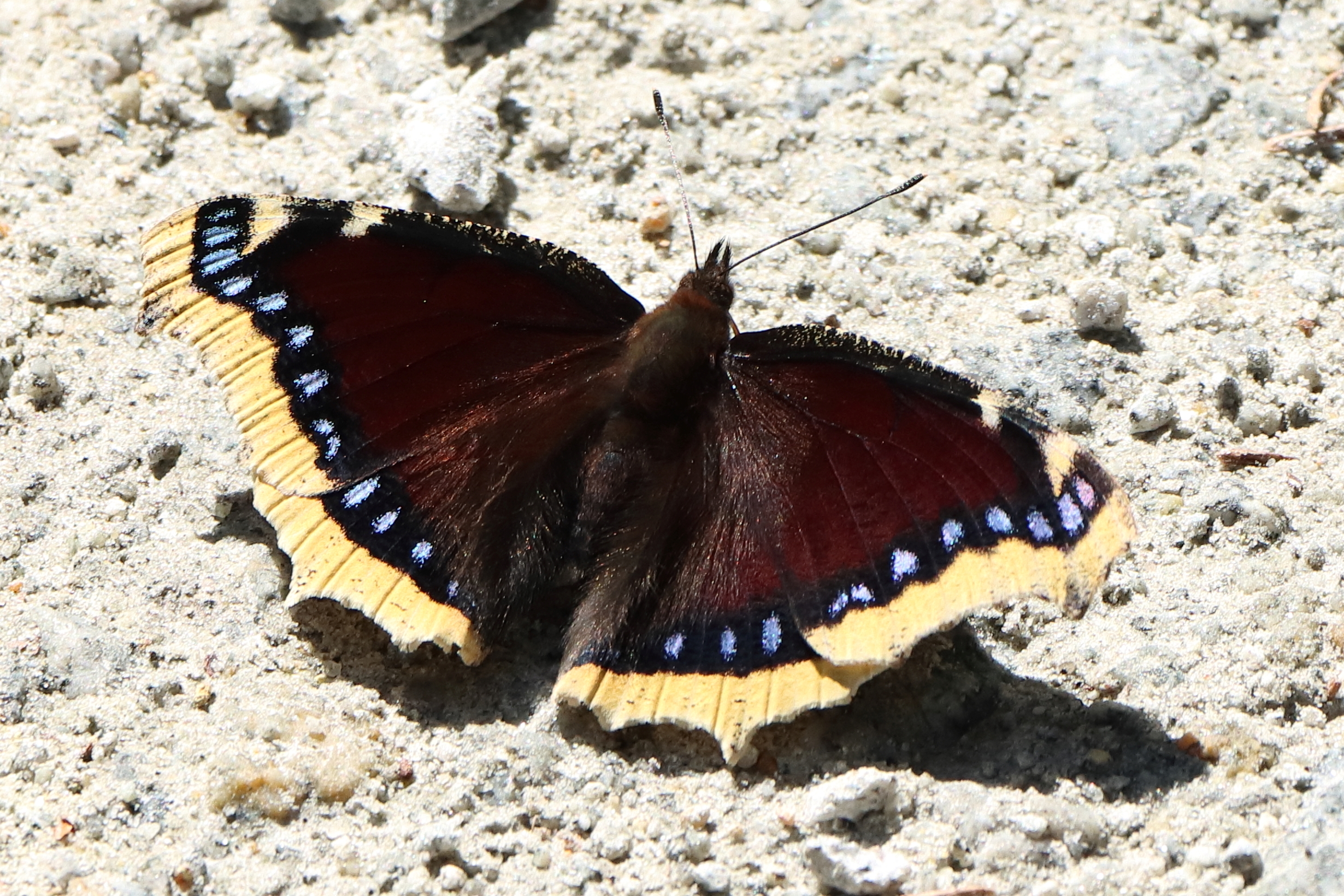
The wings of the Camberwell beauty have a very unique appearance among the native butterflies. Because of the dark (brown-red) colouring and the light band, it is often visible from a long distance. However, the butterflies are very shy and often fly away as soon as someone gets close.
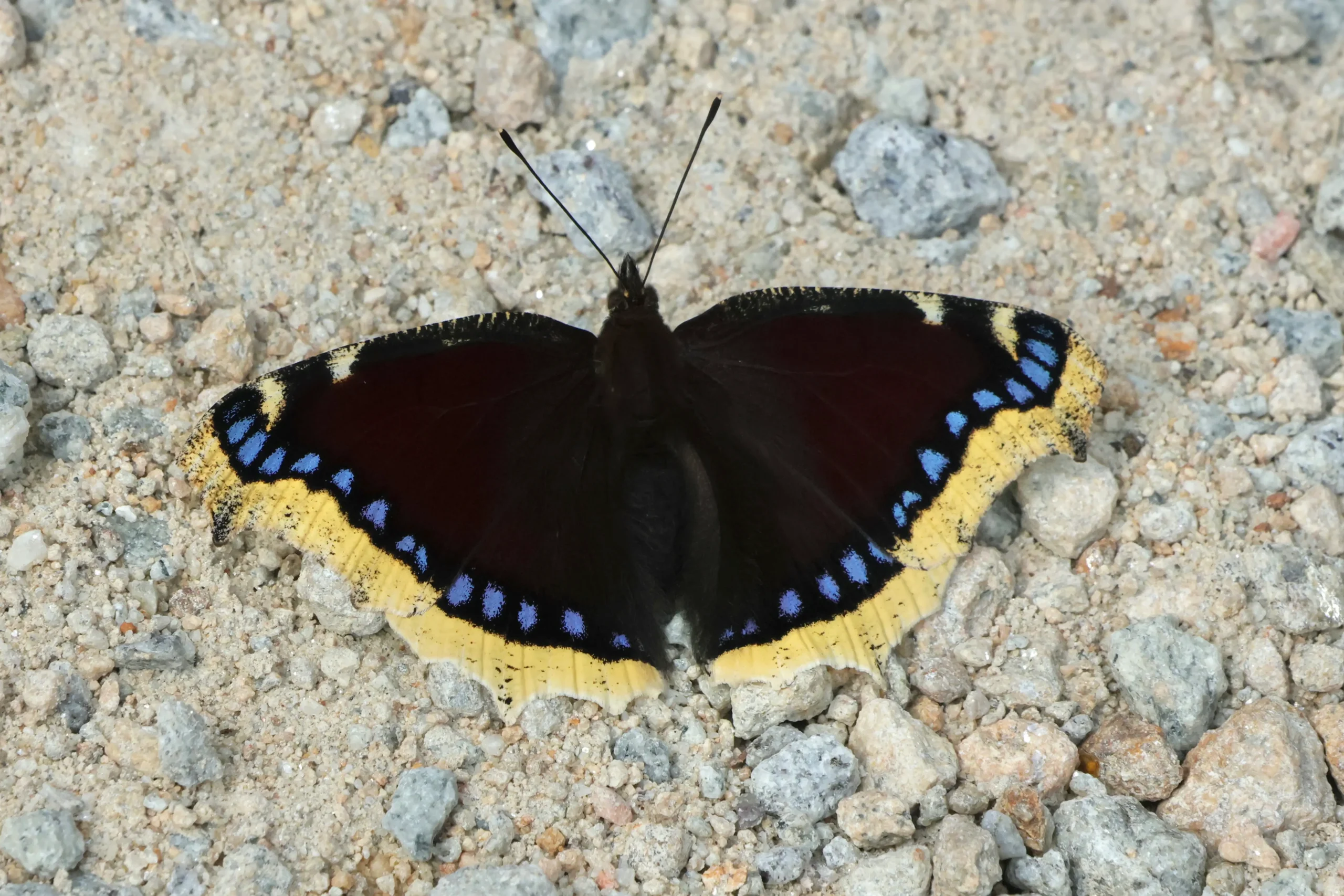
~ To many, seeing the Camberwell beauty is a special kind of experience ~
The butterflies can occupy an area of up to 300 square metres as their “territory”. During the mating season, they defend this area fiercely. They are therefore among the few butterflies that can exhibit such a behaviour.
Silver-washed fritillary (Argynnis paphia)
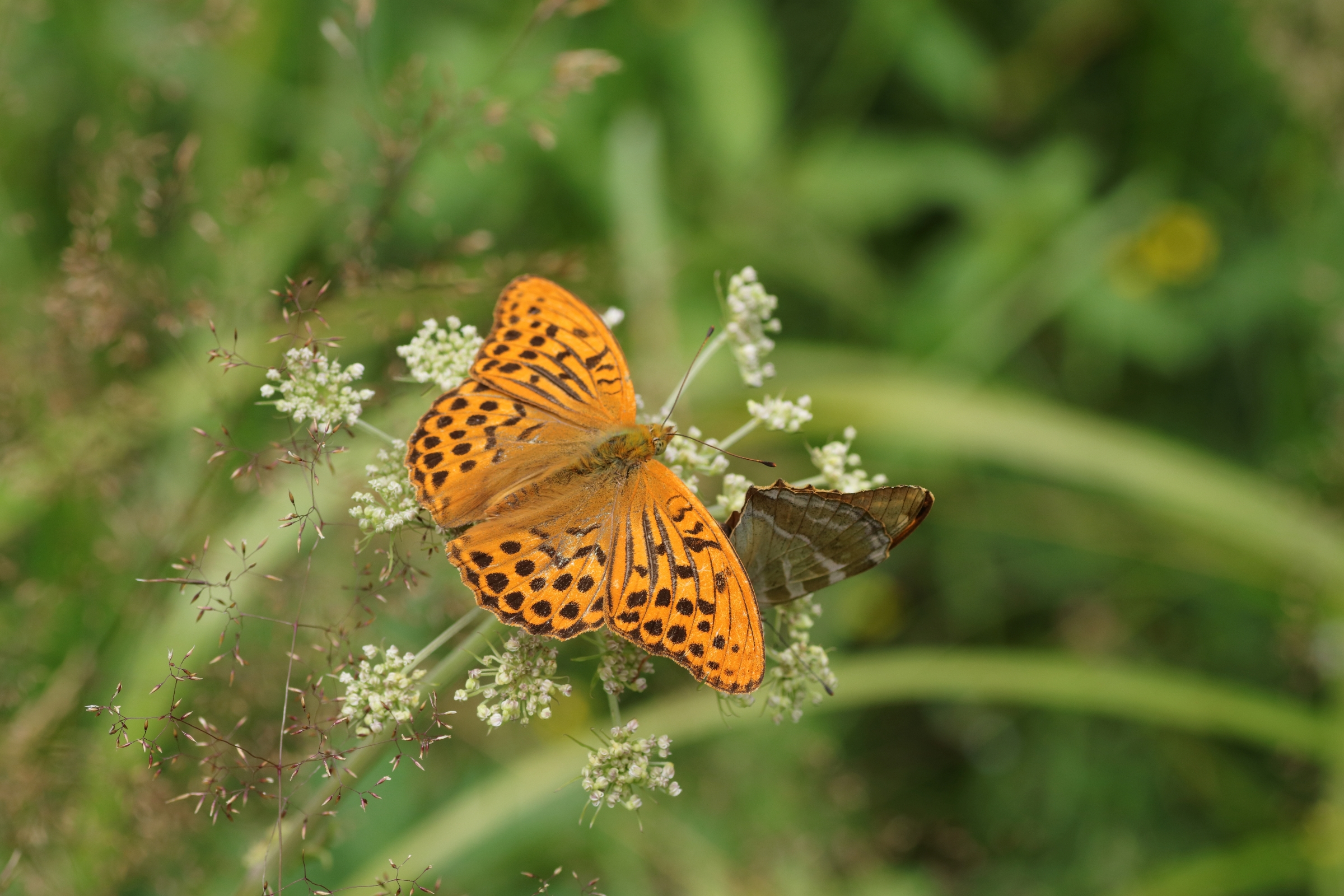
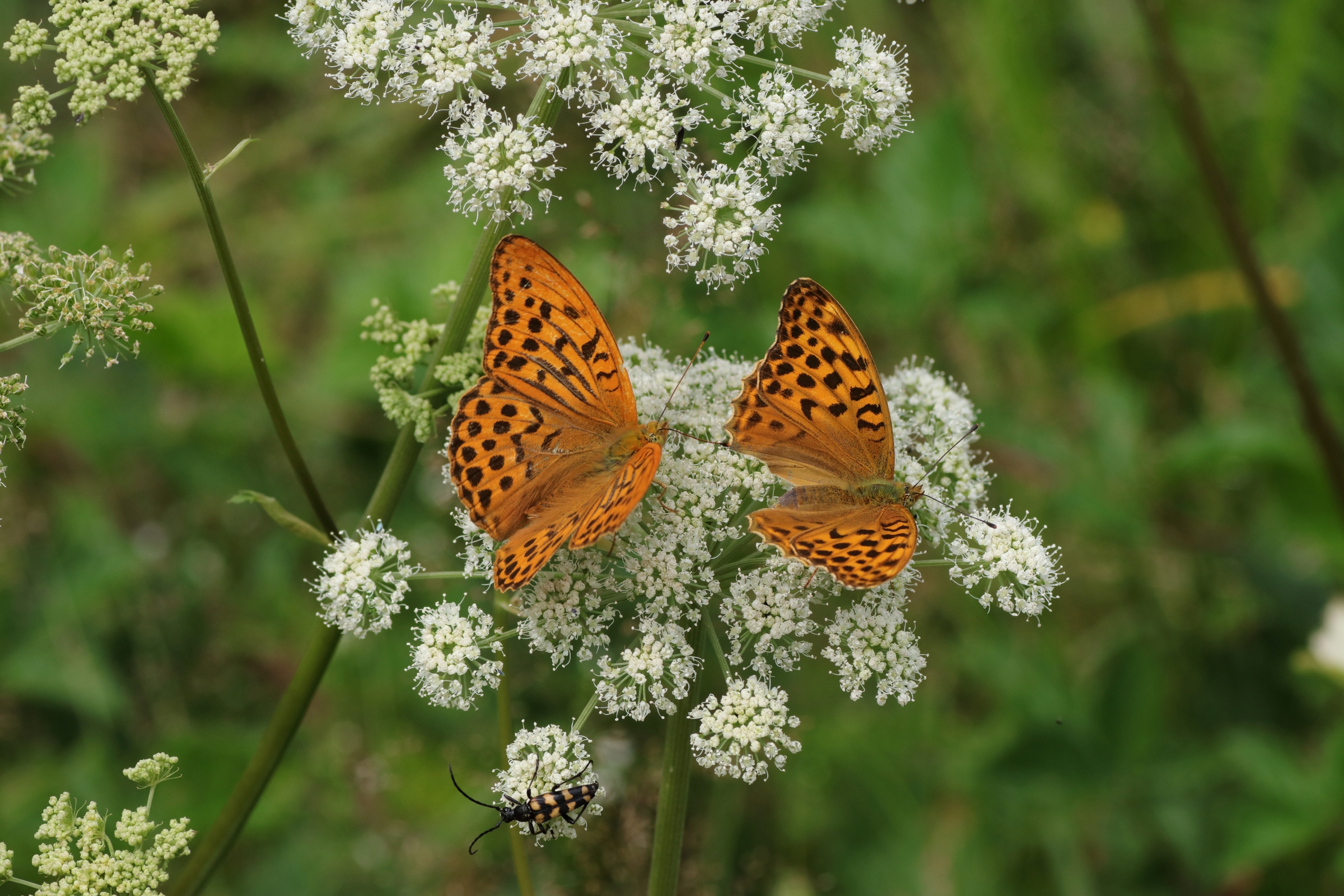
The males of the silver-washed fritillary (Argynnis paphia) are orange on the upper side and have black spots. The females of the silver-washed fritillary are brownish in color and slightly smaller. It is the largest pearl-bordered butterfly in Central Europe. The underside of the lower wings is covered with a slight green sheen.
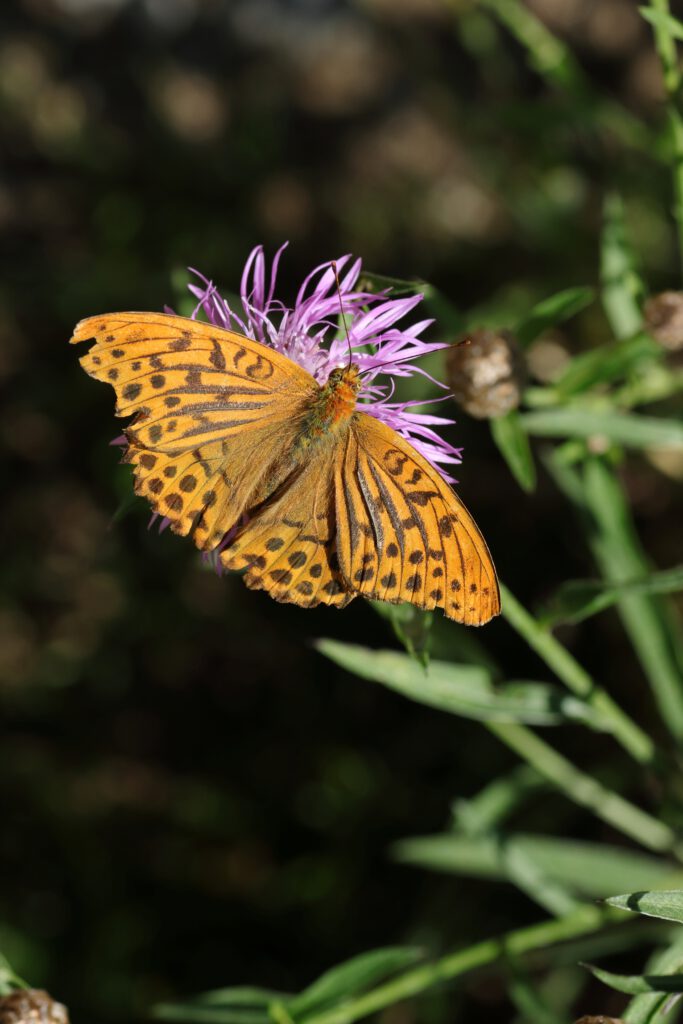
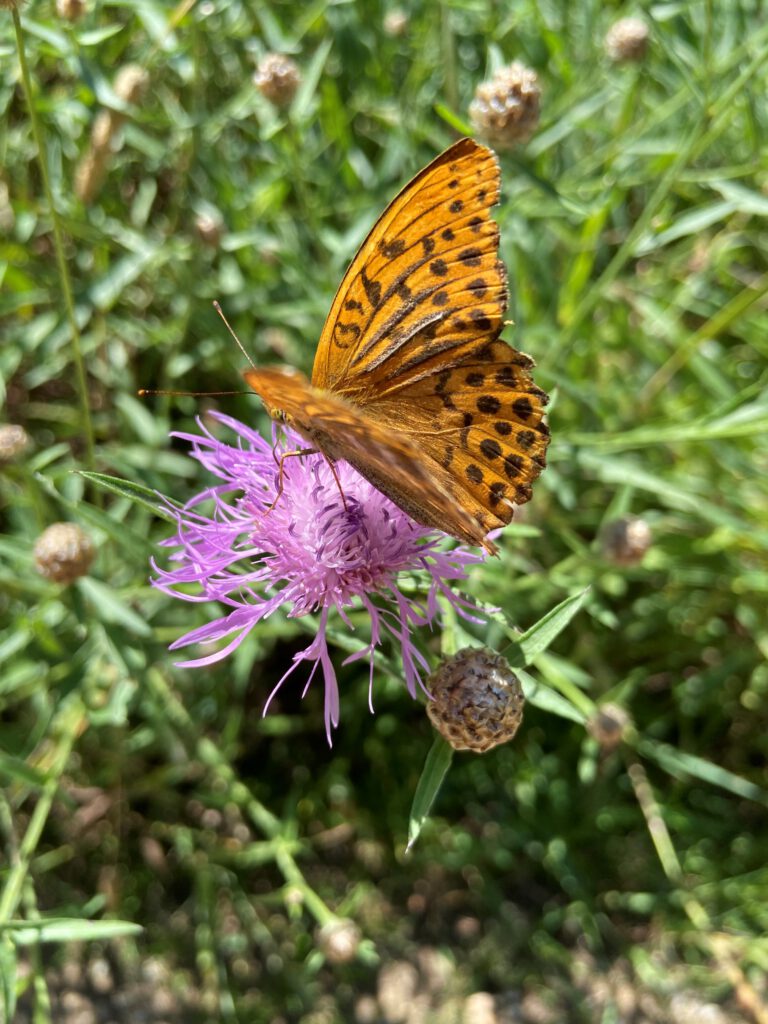
The adult butterflies have a wingspan of between 55 and 65 mm. The preferred food plants of the silver-washed fritillary include scabious and knapweed, blackberries, thistles, and wood angelica (see above).
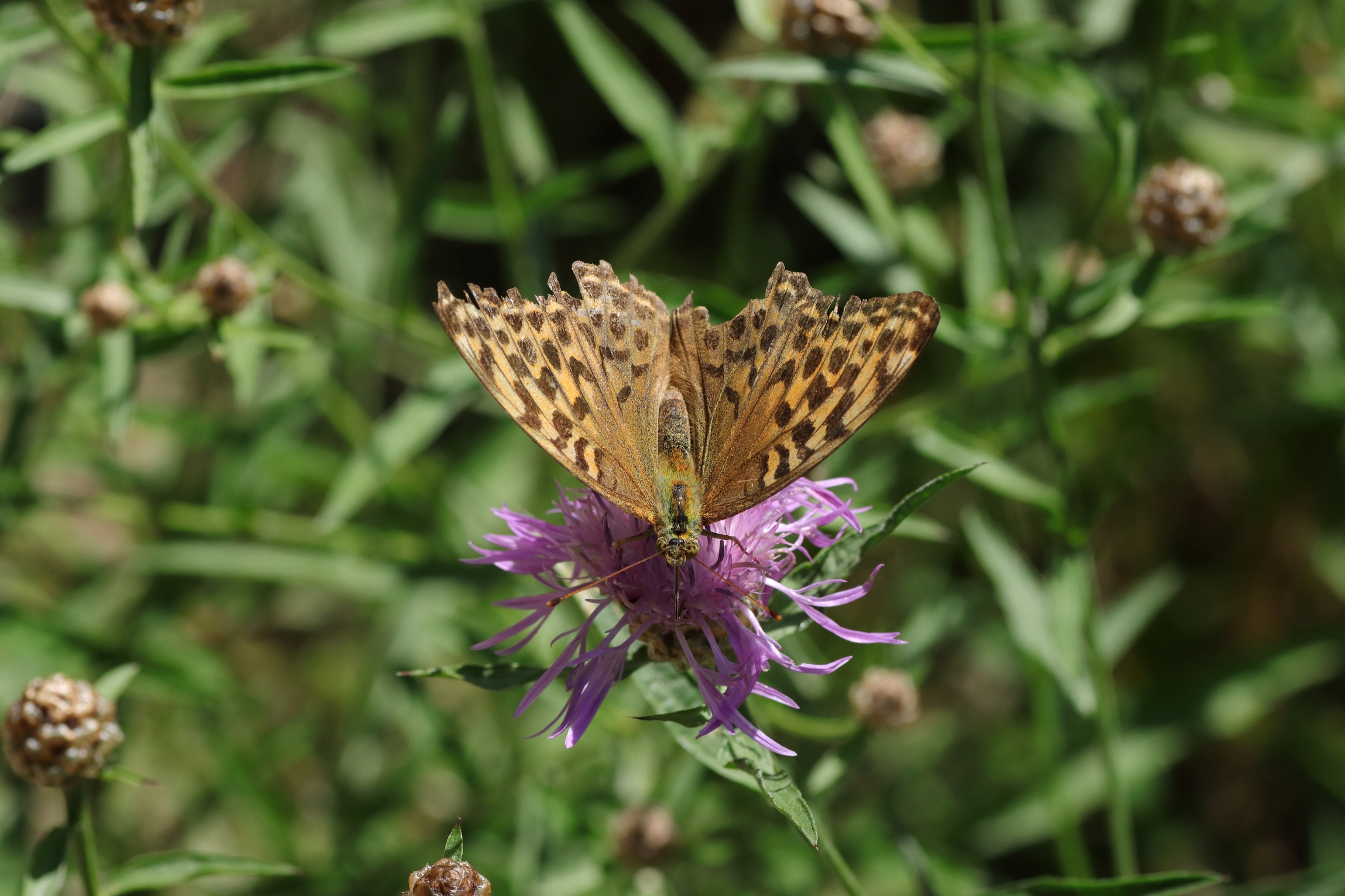
~ The silver-washed fritillary was voted “Butterfly of the Year 2022” ~
Large cabbage white (Pieris brassicae)
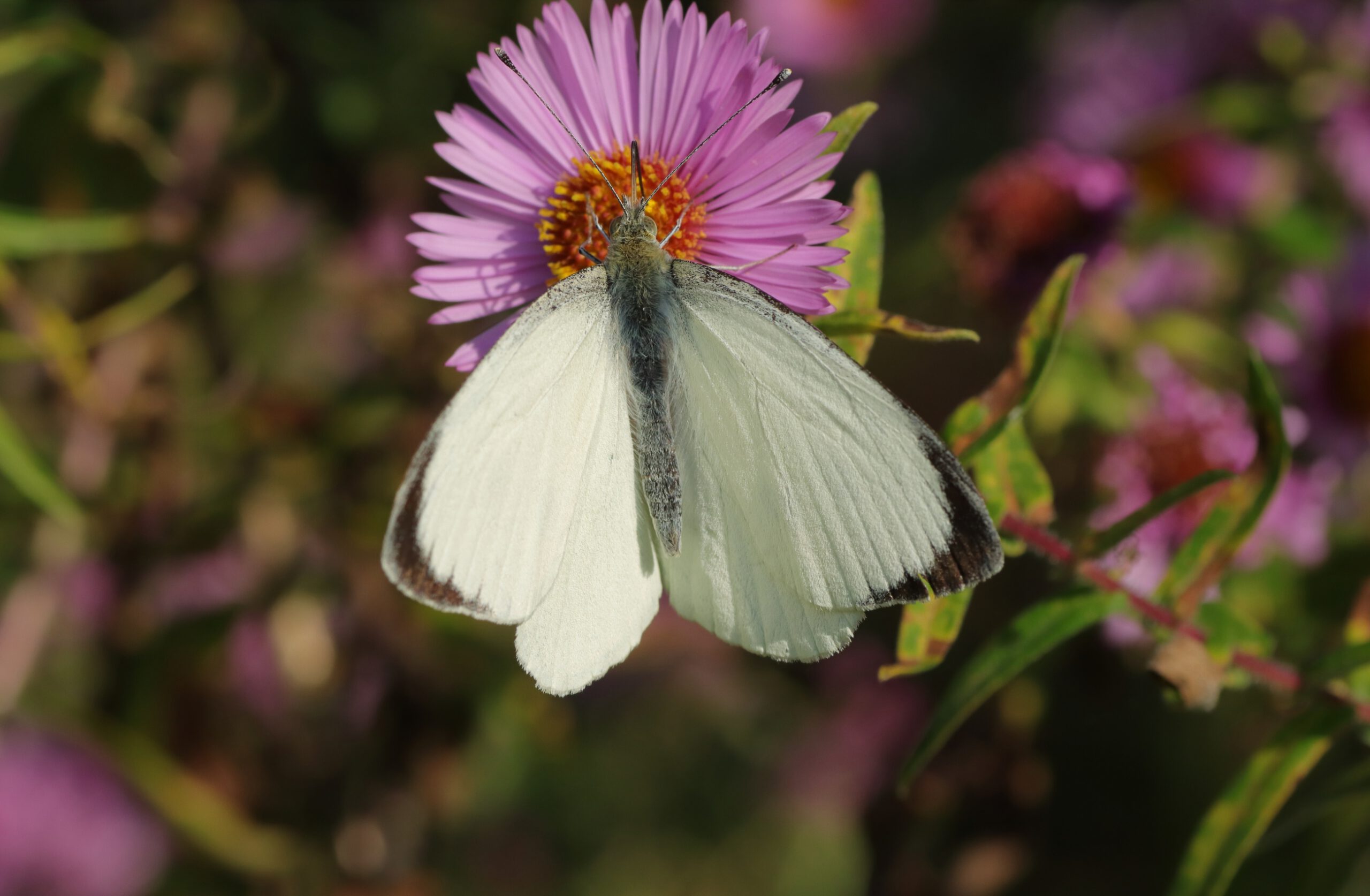
The large cabbage white butterfly is one of the largest white butterfly species. The caterpillars, together with the small cabbage white butterflies, are considered to be among the largest pests on cabbage species, rapeseed and other cruciferous plants.
Small cabbage white (Pieris rapae)
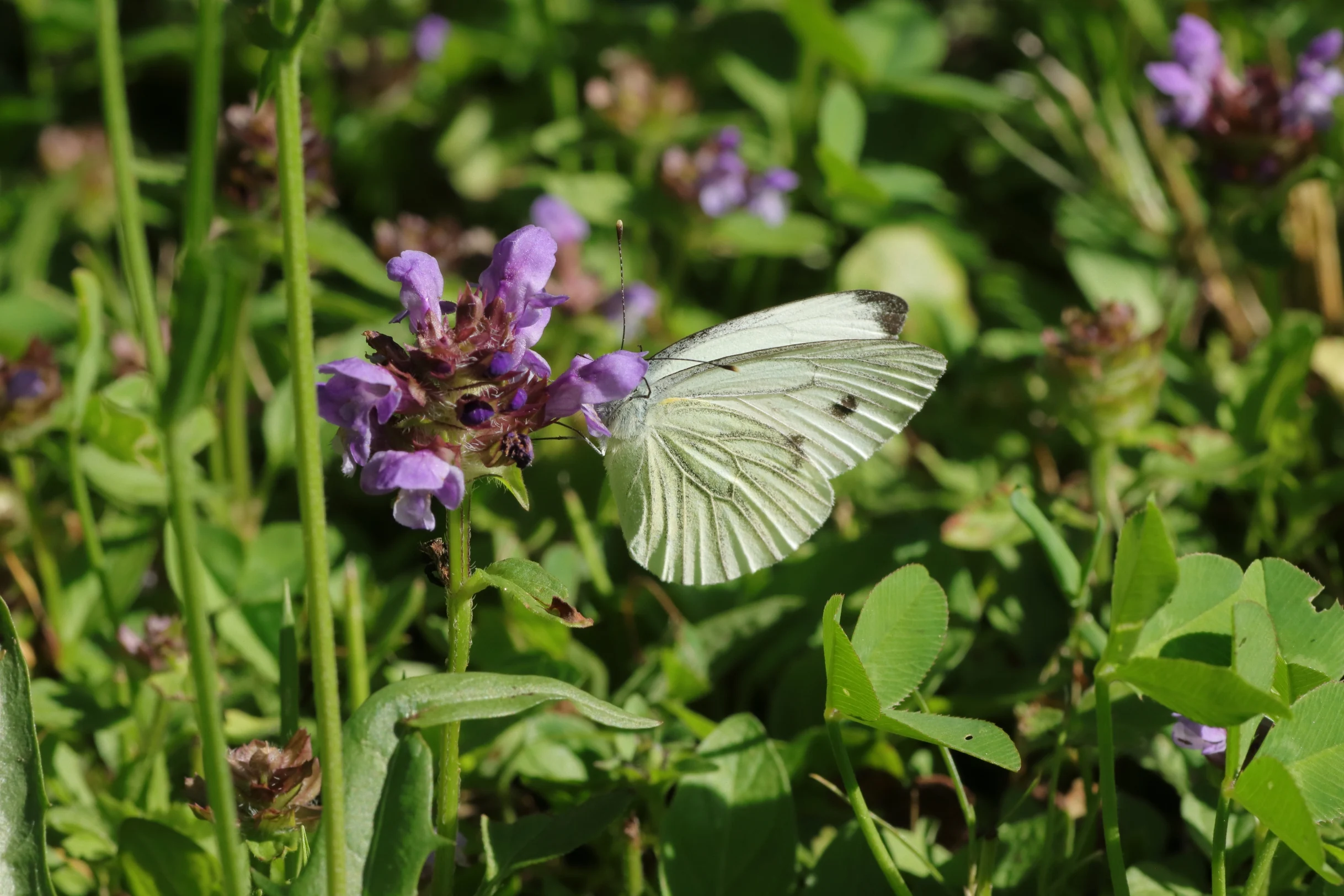
It’s caterpillars are mainly found on cabbage plants. It’s one of the most common butterfly species. With a wingspan of between 40 and 50 mm, this butterfly is smaller than the “large cabbage white.” As it’s a sun- and heat-loving species, the butterflies are often seen in open areas.
Coliadinae


~ This is a subfamily of white butterflies that is difficult to identify ~